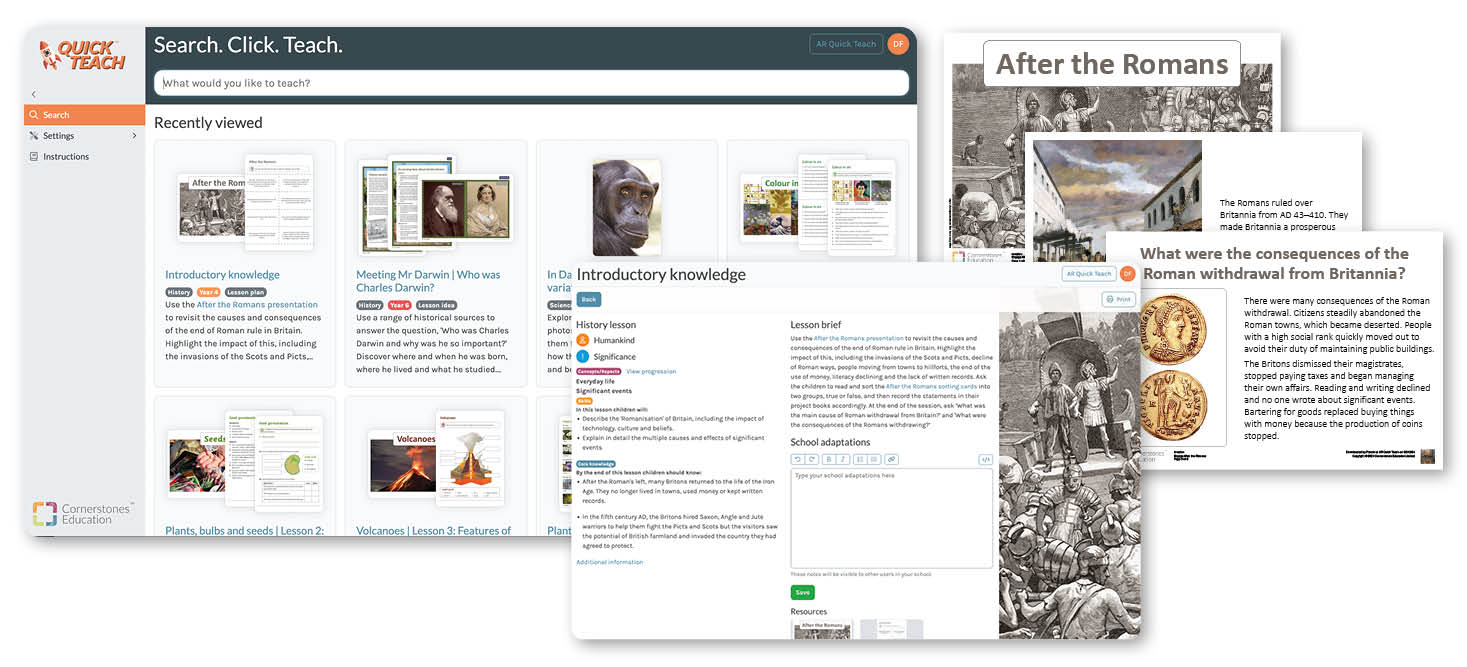Parents and Carers
Each school has a curriculum – the educational programme that teaches your child about the wonderful and diverse world around them. Typically, in primary schools, the curriculum covers a range of subjects.
If your child’s school has decided to follow the Cornerstones curriculum, rest assured it’s a great choice. Choosing Cornerstones means your child is studying a broad, balanced, engaging curriculum that provides the best foundations for a lifelong love of learning.
‘Part of the reason we went with Cornerstones was to develop those parental links and really share with parents the learning of the children across the projects.’
Carrie Kieslis Deputy Headteacher, Canon Sharples C of E Primary School and Nursery
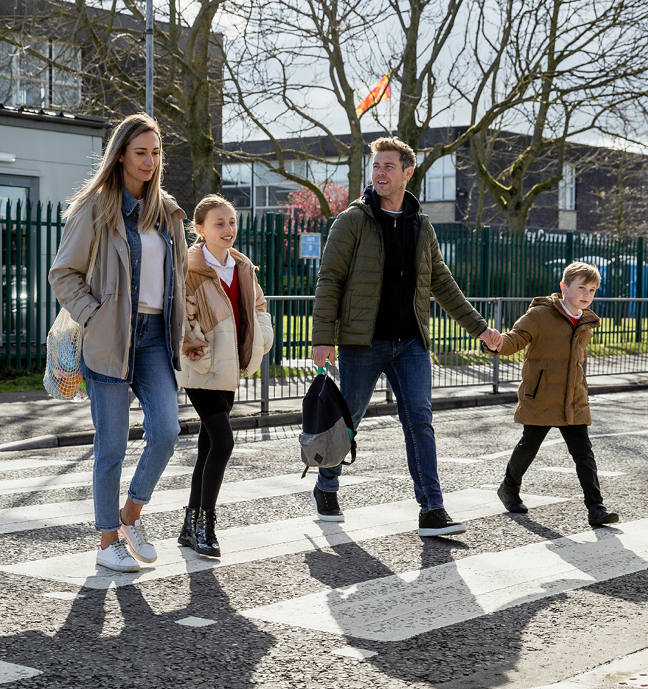
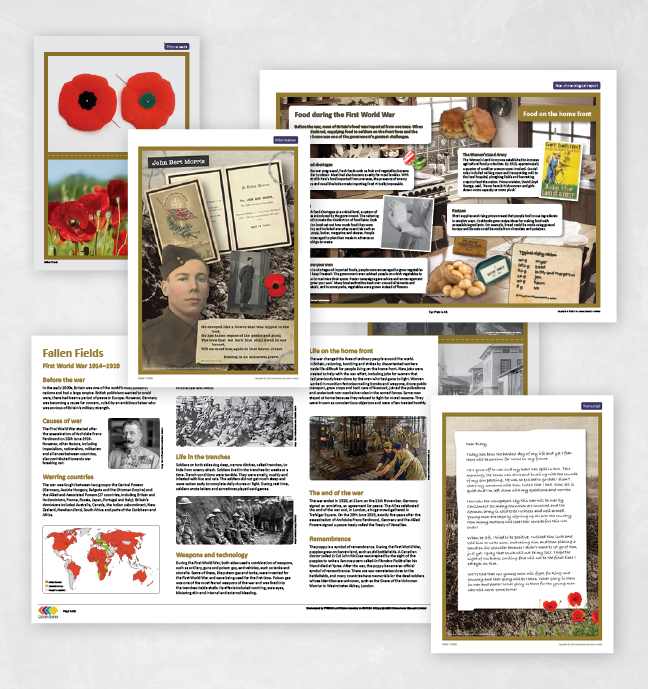
What is the Cornerstones Curriculum?
Cornerstones provides all primary schools with a choice of two curriculums. A thematic, creative and flexible curriculum or a more sequenced, knowledge-rich curriculum. Your child’s school will choose the curriculum which best meets the needs of it’s community and learners. Both curriculums help your child’s school to cover all the statutory programmes of study of the 2014 national curriculum. It is based on a child-centred pedagogy called The Four Cornerstones and is delivered through projects which provide a rich menu of exciting and motivating learning activities.
Both curriculums are built on a rigorous skills and knowledge framework that outlines the end of year expectations in all subjects and helps your child’s teachers to provide clear learning pathways for all children.
To learn more, explore our website which will provide you with detailed information about the curriculum.
See for yourself
The topics and projects your child will study are aimed at engaging them fully in their learning. Your child’s teacher will work skilfully to teach the curriculum to suit the needs of your child and help them develop their understanding of subjects.
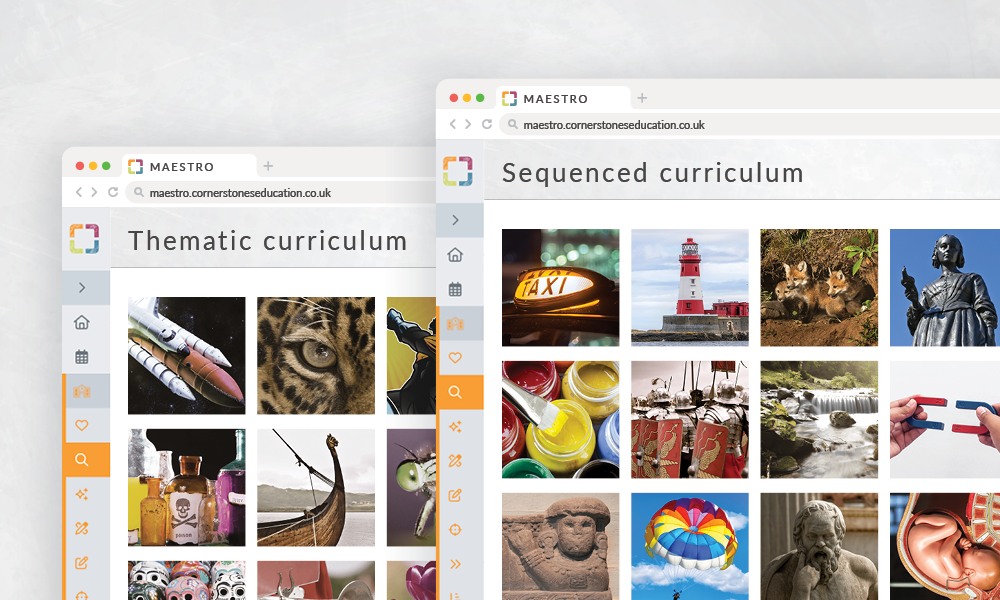
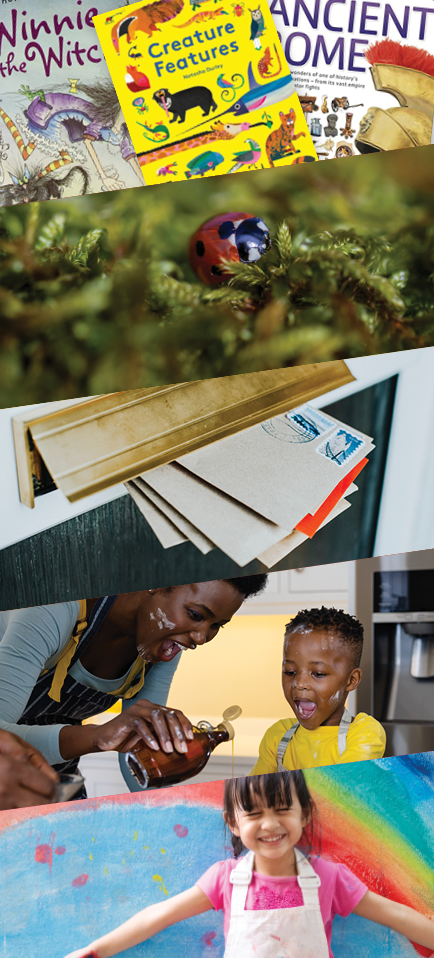
Helping your child at home
Many parents ask us how they can help their children at home. Here are some ideas you might like to try.
Share books on interesting and varied topics: reading a range of fiction and non-fiction books with your child will help them develop a love of reading and stories and help them learn new knowledge. Having a list of the topics your child is learning as part of their curriculum will help you to choose the most appropriate books and stories to share.
Get out and about in nature: helping children to learn about the world around them is a big part of the Cornerstones curriculum and something we can all do for free. Learning about your local environment might mean visiting a local river, a park, a woodland or monument-all important aspects of the world around them. Visiting such places with you, and talking about the things they see and experience is a wonderful way to bring learning to life.
Look out for information your child’s school sends home about the curriculum: your child’s school may send home resources that help you and your child become more familiar with the curriculum. This might include, knowledge organisers or homework activities for you to share with your children to help them get to grips with new information or practise things they have already learned at school.
Occasionally, your child’s school may ask you to send in things from home: this might include items such as photographs, toys, ingredients for baking or clothing for wet weather science! Ensuring your child has these things will help them make the most of the curriculum’s opportunities. If these are not available to you, ask your child’s school, as they will undoubtedly look for ways to help you.
Build on your child’s passions and interests: it is often the case that children are so inspired by the exciting array of projects they do at school that they develop a fascination with a particular topic! Where you can, talk to your child about their developing interests and passions and provide them with as many opportunities as you can to know more or do more. Your support will make a massive difference to their self-esteem, confidence, and capacity to develop their skills and knowledge.
Stay connected with your child’s learning!
With Quick Teach, parents and carers can explore the same Cornerstones lessons and resources your children use in school, helping you support their learning beyond the classroom.
